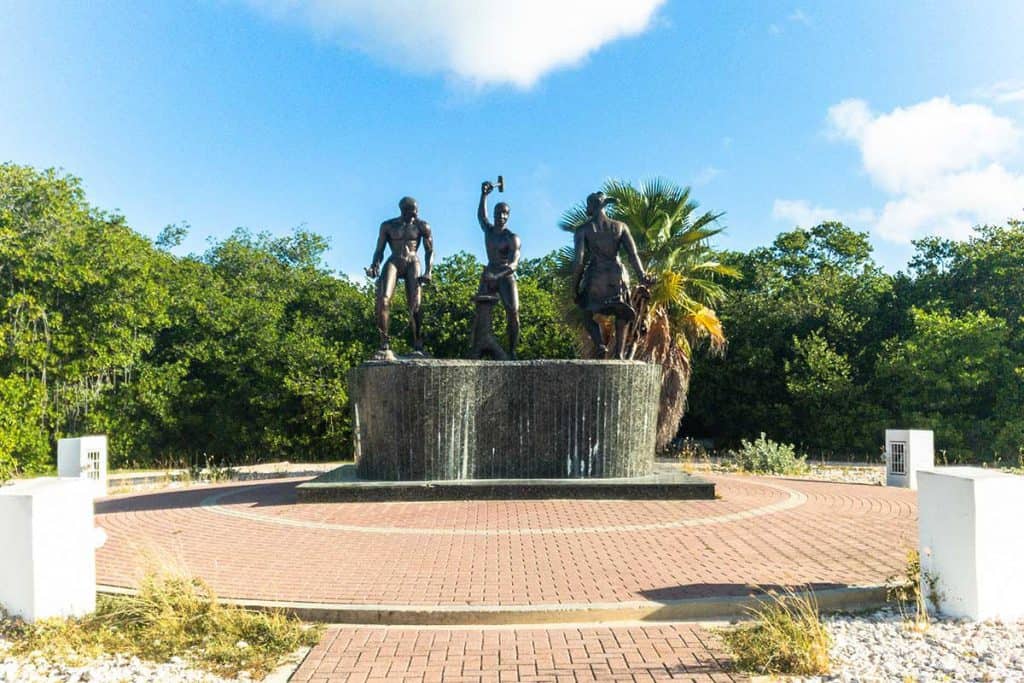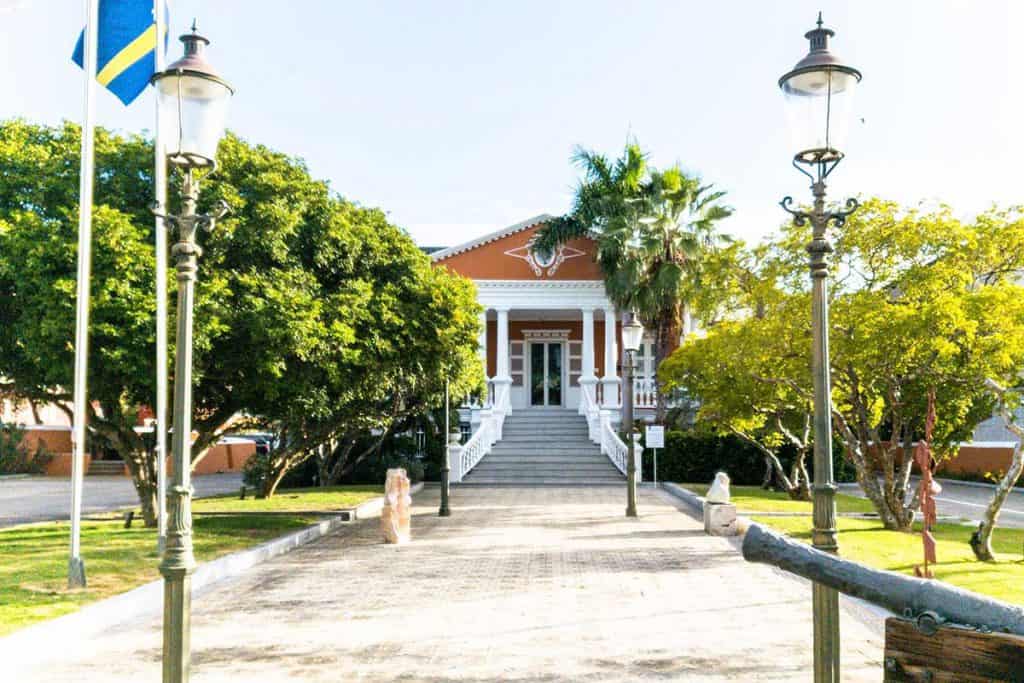To truly understand the history and the culture of Curaçao, you must first understand its governmental system. When people hear that Curaçao is also known as the Dutch Caribbean the immediate question is, “Does Curaçao belong to The Netherlands?” The answer to that can sometimes be confusing for a newbie on the island, but we’ll explain it to you in a way that makes sense and helps you process your experience on the island better.
The Invasion
Let’s start from the beginning, shall we? Curaçao and The Netherlands have a longstanding relationship that started in 1634. Curaçao was discovered by the Spanish explorer, Alonso de Ojeda, in 1499. But, after achieving independence from Spain, the Netherlands invaded the island under the leadership of Admiral Johann van Walbeeck with the fleet from the Dutch West India Company. The Spaniards surrendered and a large part of the Spanish population, including the indigenous people living on the island, were deported to Coro in Venezuela.
Curaçao and The Netherlands: A Dutch Colony
While the Spanish conquerors didn’t see much potential in the island, the Dutch saw how they could use the natural harbor, St. Anna Bay, to further grow its trade business. What started off as a business in commerce and shipping (also piracy), salt mining and the export thereof, later turned into a lucrative business of Atlantic slave trade. Many Dutch colonists (and the country on itself) grew wealthy due to the slave trade with that they built impressive mansions and buildings around the island (for example in Willemstad). But, it wasn’t until after the bankruptcy of the WIC in 1791 that Curaçao became an official Dutch colony. After the slave abolition in 1863, another type of industry arose, oil. After discovering oil in Venezuela in 1914, the Dutch multinational, Shell, established an oil refinery here on the island, employing many local workers. This further integrated the Netherlands with Curaçao even after the slave abolition.
The Netherlands Antilles
The political system of the island took many different forms during the colonial time, but in 1954, Curaçao joined the 5 other Dutch Caribbean islands (Aruba, Bonaire, St. Martin, St. Eustatius, and Saba) and became the Netherlands Antilles. Aruba left the Netherlands Antilles in 1986. The Netherlands Antilles had two governmental levels: the national government and the ‘Antilles-government’. To make it simple, think of it as upper management, middle manager, and lower management. The Netherlands (specifically the former Queen) was upper management, while the Government of The Netherlands Antilles was middle management, and the national government was the lower management, which is mainly responsible for the day-to-day running of the island.








